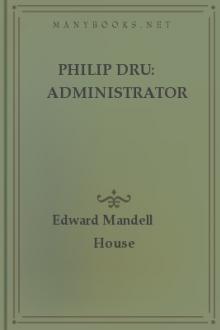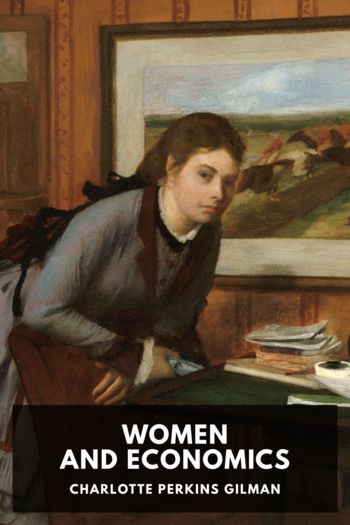My Spiritual Journey, Dalai Lama [best short books to read .TXT] 📗

- Author: Dalai Lama
Book online «My Spiritual Journey, Dalai Lama [best short books to read .TXT] 📗». Author Dalai Lama
For fifteen years, I had followed and translated his teachings on the meditation system of the Kalachakra (the Wheel of Time), regarded as supreme by Tibetan Buddhists and dedicated to world peace. That day I saw a profoundly coherent connection between his formidable humanity, his words as a master of the Wheel of Time, and his political discourse. Thinking back on this, I understood that to be human means for him to live a spirituality that comes from the heart and is spontaneously manifested in his everyday life, as in his exchanges with world-famous scientists or his declarations in international forums. It is certainly not by chance that His Holiness the Fourteenth Dalai Lama has adopted a policy called “the Middle Way” toward China, since the Middle Way represents, in Buddhism, the essence of the wisdom that perceives emptiness.
I realized that with such an approach to spirituality, one could break down the barriers that usually compartmentalize activities, thoughts, and feelings and reach the universality of the heart. And when I agreed to let these barriers fall, I had an experience of transparency and internal conversion. I understood that, for the Dalai Lama, prayer goes beyond forms of belief. To pray starting from what is universal to all religions invites us to discover the internal dimension of our humanity and to reclaim our “human-ness.”
I discussed this at length with Samdhong Rinpoche, prime minister of the Tibetan government in exile and companion in exile of the Dalai Lama; I had met him when I was studying in India at the Tibetan University of Sarnath, of which he was rector. I suggested that I bear witness to this “open” spirituality of the Dalai Lama by publishing a selection of texts that had not previously been published in French, including his March 10 speech and his speeches given in the international arena. This publication would show the impact of the Dalai Lama’s humanity on our world at a critical time in history when the survival of future generations seems threatened. His declarations, calling for a spiritual revolution that is also an ethical revolution, urge us to acknowledge that humanity is one, in conformity with the Buddhist principle of interdependence. The awareness that everything is connected in the participatory reality of life is expressed on the individual level by compassion and on the collective level by universal responsibility. These notions have contributed to renewing the terminology and forging the spirit of recent United Nations texts dedicated to a culture of peace.
After the Dalai Lama agreed to the general outline of my work, which at first was titled An Appeal to the World, I devoted myself to it, and in the course of my research a second form of coherence struck me: that of the temporal continuity of the Dalai Lama’s thinking. Indeed, although over the years his statements have been supported with new references and linked to current events and to the developments of contemporary society, analysis of those statements has followed a current that leads us back to the same source—a seemingly inexhaustible wisdom and kindness and a truth that is unfailing.
I had a striking experience of this in February 2008, at the end of our long interview for the film The Dalai-Lama, One Life After Another.2 When Lhasa and Tibet flared up a month later, there was a moment of doubt. During its showing, which was planned for August, wouldn’t the film be seen as out of step with current events? But very quickly it became clear that both before and after these events, the Dalai Lama’s commitment to nonviolence, reconciliation, and dialogue remained unchanged. I came to the conclusion that his words have a pertinence that does not fluctuate with the events of history. His truth possesses the rare quality of constancy.
I asked myself why this was. The reason seemed to me to be that the Dalai Lama’s vision embraces universal life, in perfect reciprocity. Those who reach this level of truth—called satyagraha by the Mahatma Gandhi, another great figure of humanity and one dear to the Dalai Lama—oppositions no longer antagonize each other but join together in harmonious complementarity. Thus, the Chinese, for instance, are not “enemies” but “brothers and sisters.” My challenge was to make such profundity perceptible in the structure of the book.
In the last phase of my work I realized that the first-person texts I had selected made up a spiritual autobiography. I use the term “spiritual” here in the sense that the Dalai Lama gives it—namely, the full blossoming of human values that is essential for the good of all. I spoke to Samdhong Rinpoche about this idea in December 2008, during a stay in Dharamsala. When the Dalai Lama became aware of it in early January 2009, he approved of it, saying that he was very happy with the concept. He found that his statements as presented in this book articulate his fundamental aspirations, and he also authorized the publication of the facsimile of his speech on March 10, 2007, annotated with his handwritten notes and preserved by Samdhong Rinpoche.
I understood from this confirmation that I had met the challenge I set in writing this book—the challenge of making it come alive and bringing the reader close enough to the words of the Dalai Lama to hear them and meditate on them in an invigorating heart-to-heart dialogue from which hope can shine forth.
—Sofia Stril-Rever
Sarnath, January 2009
PART ONE
As a Human Being
1
Our Common Humanity
I Am No One Special
I am just a human being
THE TERM “DALAI LAMA“ takes on different





Comments (0)